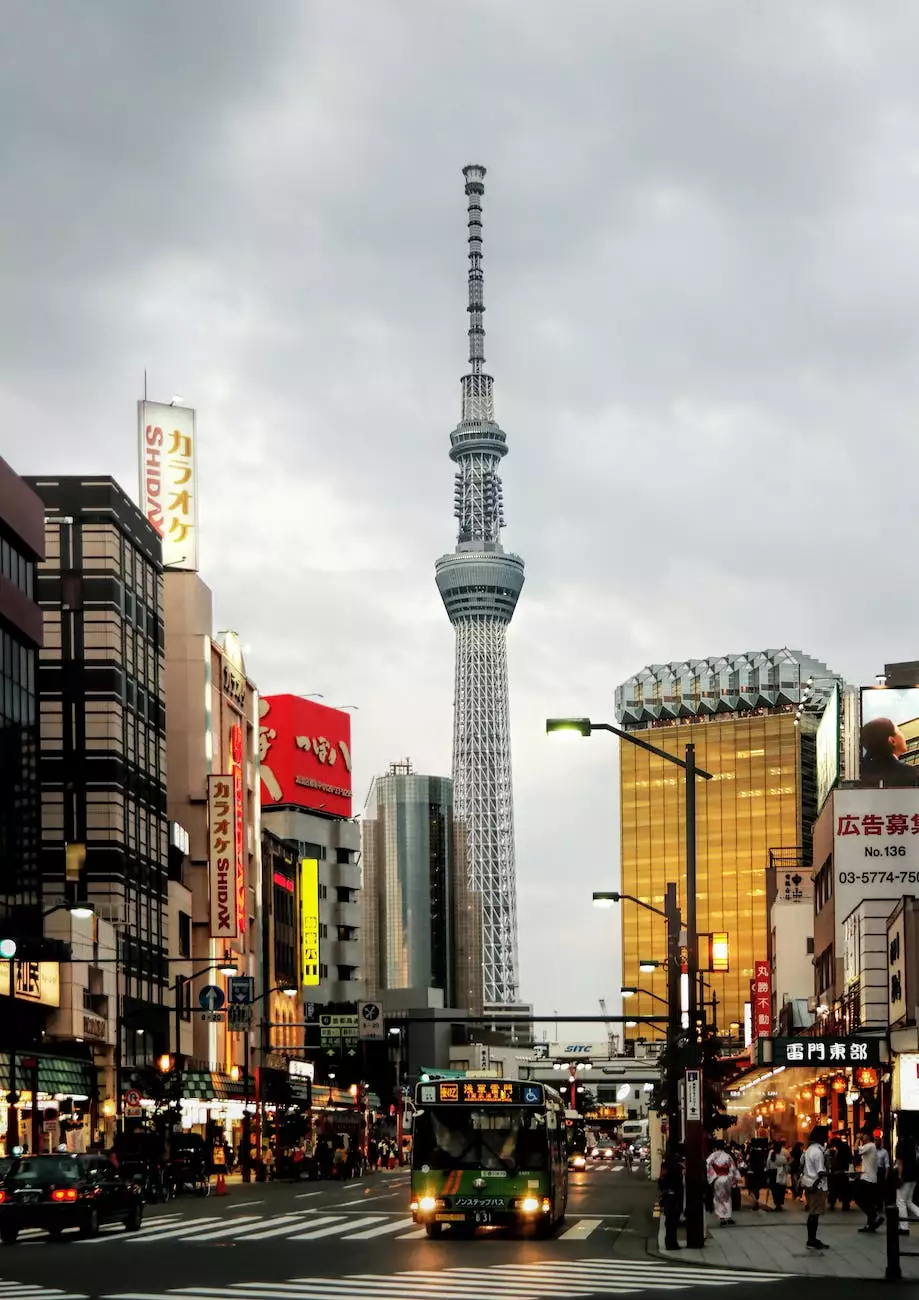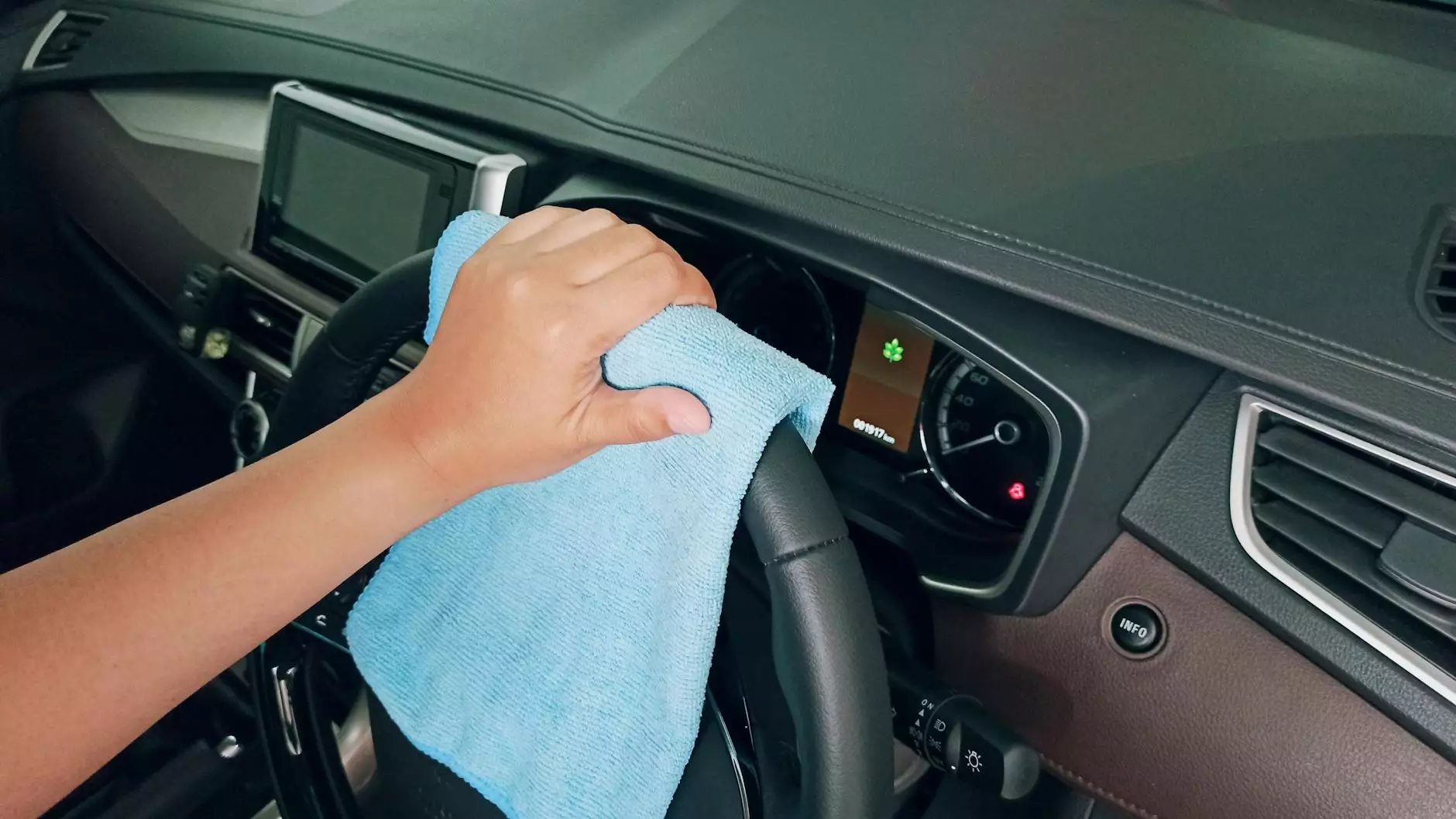PURPOSE OF A ROUNDABOUT - Rochester

Welcome to The Auto Experts, your trusted source of information on roundabouts in Rochester. In this comprehensive guide, we will explore the purpose and benefits of roundabouts, their functionality, and why they have become a preferred choice for traffic management in our city.
What is a Roundabout?
A roundabout, also known as a traffic circle or rotary, is a type of intersection designed to improve traffic flow and enhance safety. Unlike traditional signal-controlled intersections, roundabouts facilitate the continuous movement of vehicles in a circular pattern, eliminating the need for traffic lights or stop signs.
The Purpose of Roundabouts
The primary purpose of roundabouts is to improve overall traffic efficiency and safety. Here are some key advantages:
1. Smoother Traffic Flow
Roundabouts promote a steady flow of traffic by eliminating the need for sudden stops and starts. Vehicles entering the roundabout yield to those already circulating, creating a seamless movement without traffic light delays.
2. Reduced Congestion
Compared to traditional intersections, roundabouts significantly reduce congestion, especially during peak hours. The continuous flow of traffic ensures a smoother experience for motorists, resulting in shorter travel times.
3. Enhanced Safety
Studies have shown that roundabouts improve safety by reducing the severity and frequency of accidents. The reduced number of conflict points and lower traveling speeds within roundabouts contribute to fewer collisions.
4. Pedestrian and Cyclist Friendly
Roundabouts feature designated pedestrian crosswalks and bicycle lanes, ensuring the safety and convenience of non-motorized road users. Traffic speeds are generally slower within roundabouts, creating a safer environment for pedestrians and cyclists.
How Roundabouts Work
Roundabouts operate on a simple principle: vehicles already within the roundabout have the right-of-way, while those approaching yield to oncoming traffic. Here's a step-by-step guide to navigating a roundabout:
1. Approaching
As you approach the roundabout, reduce your speed and look for signs indicating the direction you intend to take.
2. Yielding
Yield to vehicles already within the roundabout. Wait for a safe gap in the traffic before entering.
3. Entering
Once a gap is available, enter the roundabout. Keep an eye on pedestrians and cyclists using designated crosswalks and lanes.
4. Circulating
Once inside the roundabout, continue driving in a counterclockwise direction until you reach your desired exit. Avoid changing lanes within the roundabout.
5. Exiting
Signal your intention to exit and yield to pedestrians and cyclists as you leave the roundabout. Watch for vehicles merging into your lane from other entry points.
Conclusion
Roundabouts have become an integral part of Rochester's traffic management system, offering numerous benefits such as improved traffic flow, reduced congestion, enhanced safety, and better accessibility for pedestrians and cyclists. The Auto Experts proudly supports the use of roundabouts as an effective solution for efficient and safe urban transportation.
For more information and expert advice on roundabouts and other traffic-related topics, please visit our blog regularly or contact The Auto Experts today.










